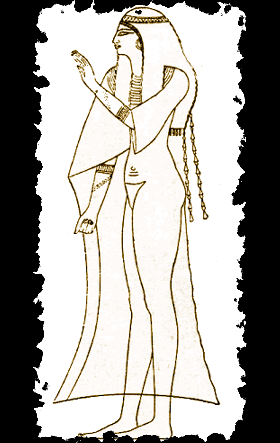|
|
|
| African Tattoo Practices | ||
| A few examples | ||

The oldest tattoo was found
on the mummy of Amunet, a priestess of the goddess Hathor during 2160-1994
BC.
Cicatrization
|
A culture well known for using tattoos as a form of artistic, ethnic and creative expression, the earliest tattoos have been dated back to ancient Egypt.
Some types of African tribes used and still use a type of tatooing called Cicatrization. In this practice they actually cut the skin then fill the wounds with ash so that the final product has a raised look. They sometimes re-cut the wounds later to insert pebbles or pearls for other desired effects. African tribes use this type of body modification to denote stature, religion and beauty. The tribal art type tattoos used today are not to be confused as replicas of African tattooing practices. The African's use of creative expression goes much deeper than the reasons many people today put the popular armband tattoos on their arms. “(African tribes) used to do a lot of scarring for decorative and ceremonial reasons,” Clarke said. Janace Clarke, professor at Texas Christian University.
The use of tattoos
varied over time and region for Africa. In the example to the left,
the woman's drawing was dated as 1820 from the North Africa/Morrocco region.
The reasons Africans bore tattoos were different for different time
periods. They may not have tried to be creative, but in a need to be to
set them apart from other tribes, religions or peoples, they had to use their creativity.
|